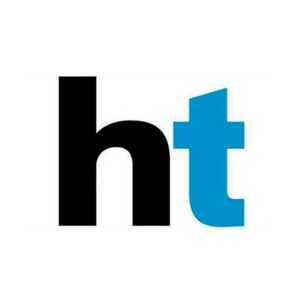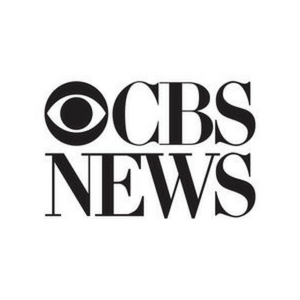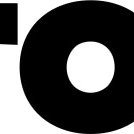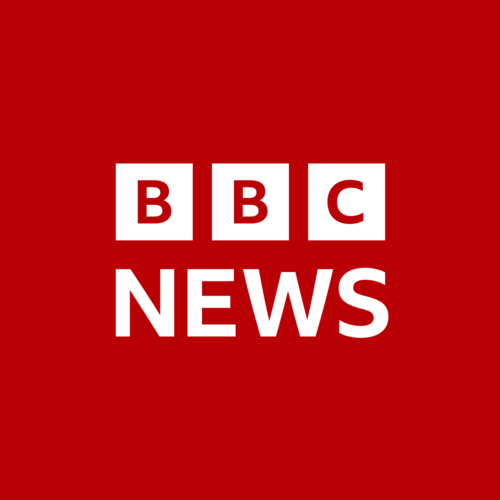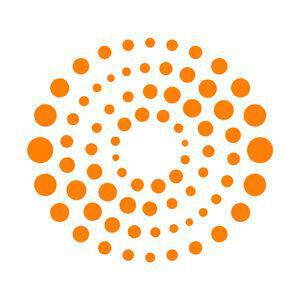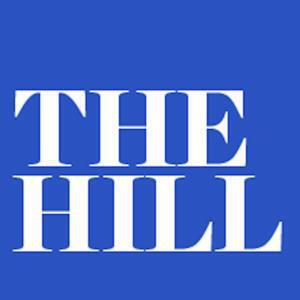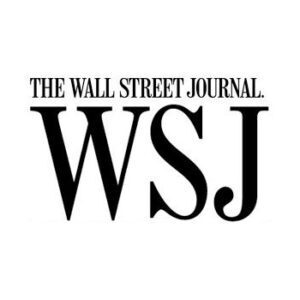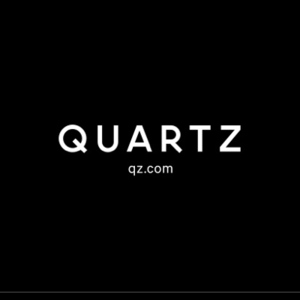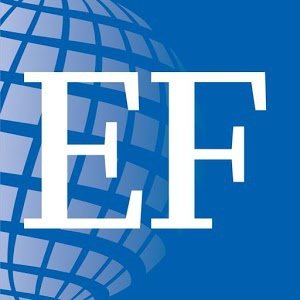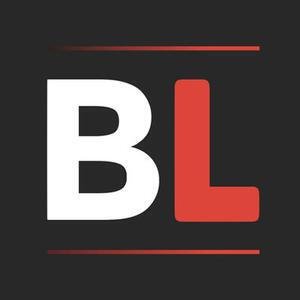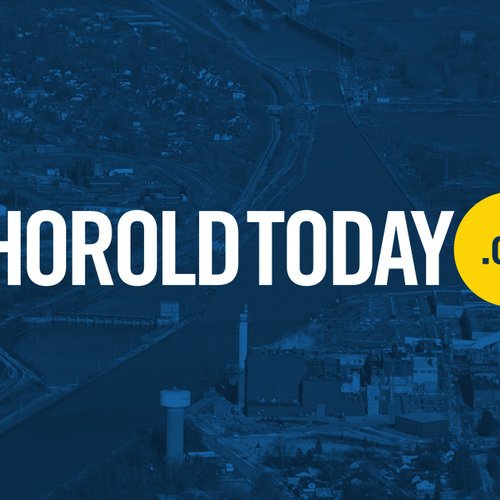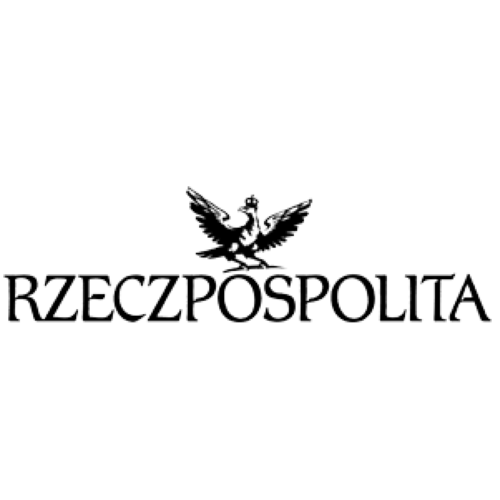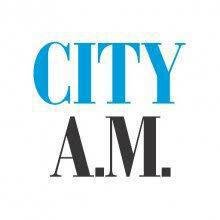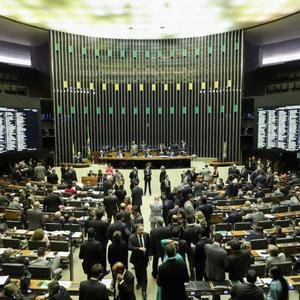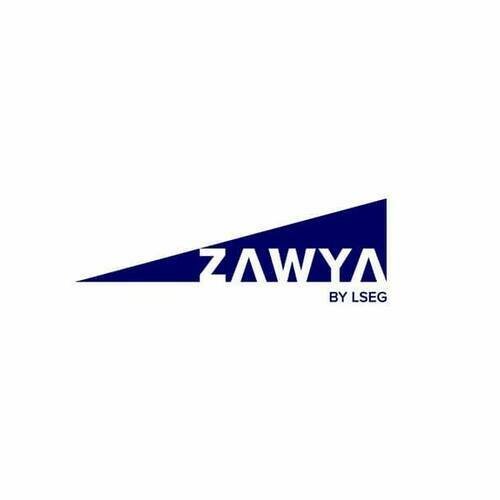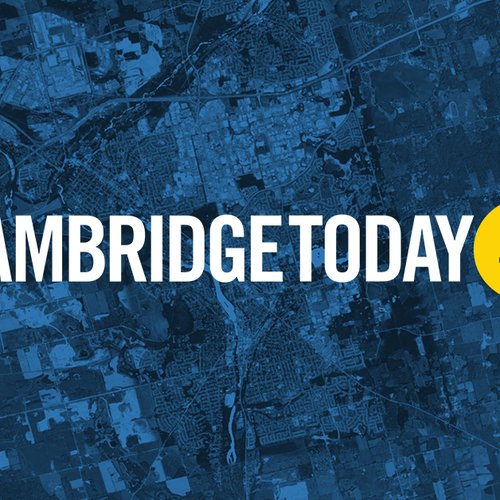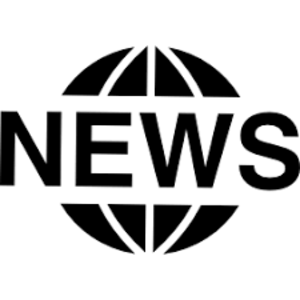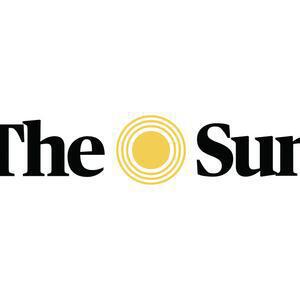Inflation continued to head in the wrong direction in December. Consumer prices rose 2.9% on the year, hotter than the 2.7% rise in November.
On the month, prices rose 0.4%, the highest monthly rise since February. In November, prices rose 0.3%.
It’s the third month in a row the key inflation gauge rose. It’s now at its highest point since July, according to Bureau of Labor Statistics data.
Experts believe the December rise in prices is fueled by higher food and energy costs. The energy index rose 2.6% on the month but is still down 0.5% on the year, while food is up 0.3% on the month and 2.5% on the year. Food prices are up about 25% over the past five years.
Core inflation, which strips out the more volatile food and energy indexes, came in slightly cooler than expected at 3.2% on the year, after several months at 3.3%. On the month, core prices rose 0.2%. Core inflation has not fallen below 3.2% since April 2021.
After peaking at 9% in June 2022, overall consumer prices started their long descent toward the Federal Reserve’s 2% inflation target. The Fed raised its benchmark interest rate to the highest level seen in decades to restrict the money supply and depress inflation.
In September, consumer price inflation reached 2.4%, but since then has climbed in the opposite direction.
“While we do not believe progress in the fight against inflation is going into reverse, we do see it stalling this year as earlier tailwinds to disinflation from supply chain improvements and lower commodity prices have faded and as fresh headwinds from trade policy are likely to emerge,” Wells Fargo economists Sarah House and Aubrey Woessner wrote in a note previewing the December report.
New trade and immigration policies from the incoming Trump administration are also Federal Open Market Committee member minds. The committee sets the Fed’s rate.
In December, members projected overall inflation will increase slightly in 2025, while core inflation will decrease.
“Almost all participants judged that upside risks to the inflation outlook had increased,” minutes from the meeting read. “As reasons for this judgment, participants cited recent stronger-than-expected readings on inflation and the likely effects of potential changes in trade and immigration policy.”
In that December meeting, members still forecast two interest rate cuts in 2025. However, probability markets are penciling in just one cut in July as of Wednesday morning.
The latest consumer inflation report follows last week’s jobs report. It showed the U.S. economy added 256,000 jobs in December, roughly 100,000 more than expected.

